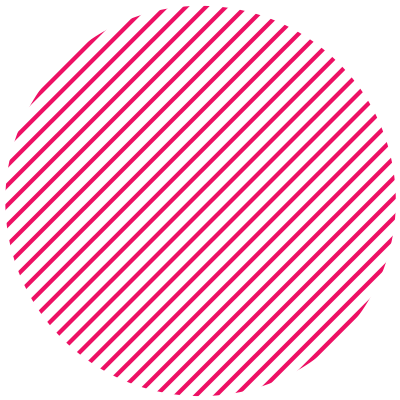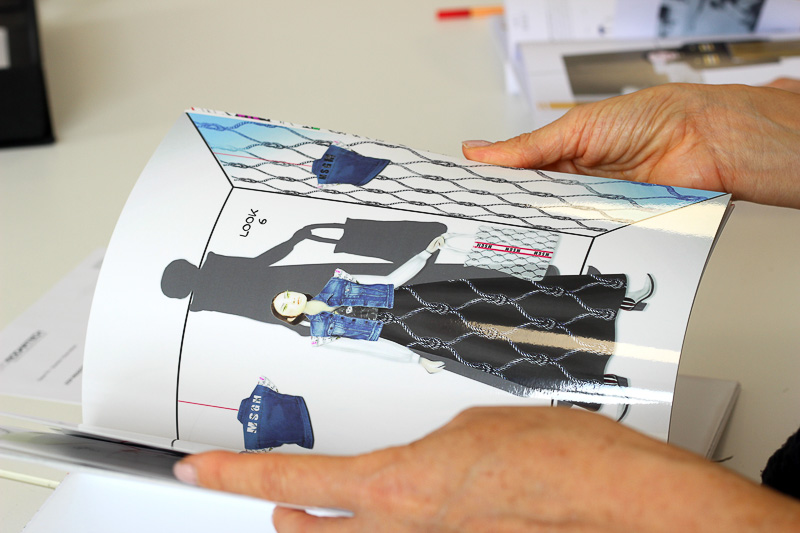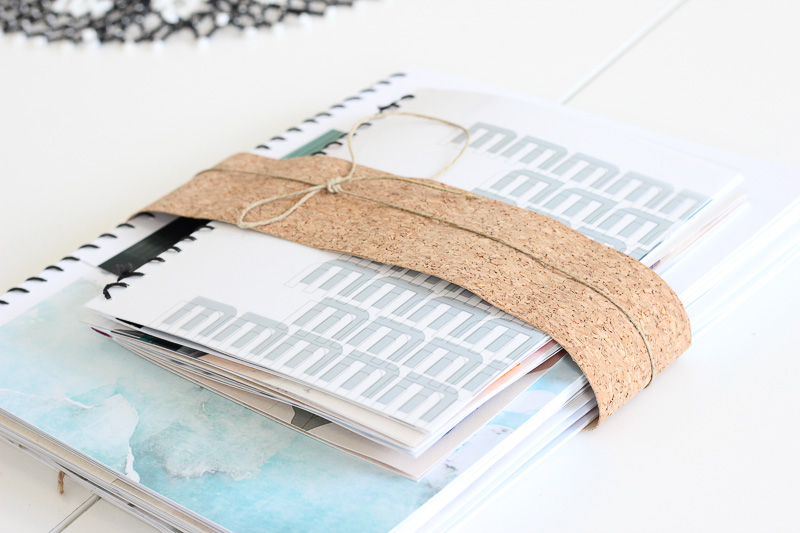“These are not just pixels on your screen, but mind and inspiration alive and breating into your eyes”
The world of fashion is extremely fascinating and attracts many young people who dream of a career as a Fashion Designer.
A fundamental tool to present yourself in the best way before a job opportunity in the fashion sector is certainly the presentation of a captivating Fashion Portfolio.
But how do you build a complete, specific fashion portfolio that stimulates the curiosity and interest of those who read it?
Let’s start from the begin…
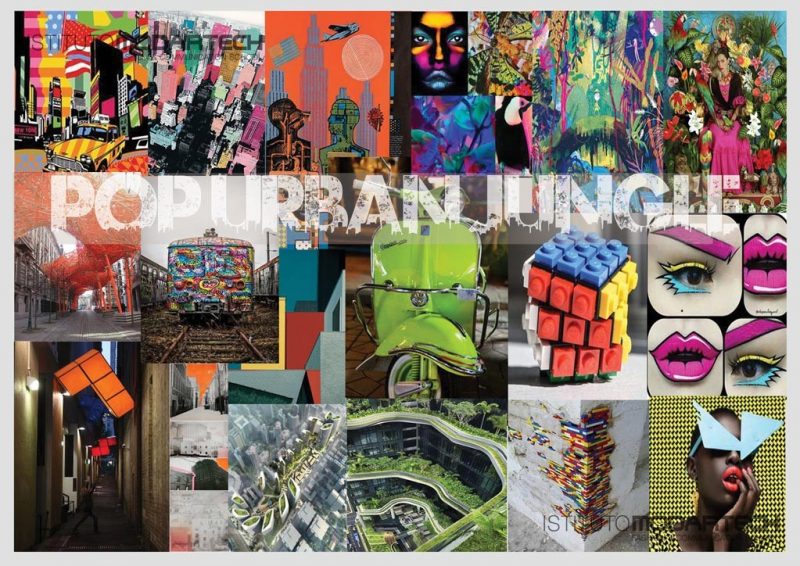
Step 1. What is a Portfolio?
The Portfolio is an indispensable presentation document for aspiring designers. This is the collection of the best works made, ordered by client, date or type.
It is always requested at the selection meetings for a job position as a stylist in fashion companies. The portfolio is also an indispensable tool for freelancers.
Your portfolio will be evaluated for quality, professionalism, completeness, aesthetics. This is an unmissable opportunity to introduce yourself through your work, your ideas and your skills thus documenting your skills and competences.
That’s why for your portfolio you have to make a narrow selection that shows only your best works.
Step 2. Style and personal branding
For the preparation of your portfolio you must take into consideration the design and style that must characterize it.
It is necessary to decide the layout of photos, images and texts, choosing the style that best enhances your work.
The Portfolio should give life to a kind of “visual story”. A coherent design, a series of trait d’union, some constant graphic elements allow you to give the entire document an orderly, personal, professional look. It is about building a “personal branding“, a personal identity that is evident and coordinated.
On the other hand, the fashion designer is required to have a strong creativity: breaking the mold and surprising can be a good strategy.
Step 3. Presentation
Generally the first part of the portfolio is reserved for a short presentation.
It’s a very important section that must capture the audience’s attention.
The imperative is to be synthetic and to tell in a few lines who you are, what you do, your skills accurately. This is also the section where you can specify your personal goals. Sometimes it is possible to complete your portfolio with a complete and formal Curriculum Vitae (for example in the case of online publication). In general, however, it is preferable to fill in two documents and leave the detailed details in the separate CV.
Step 4. Content
The elements of the designer’s portfolio are the works made for the collections, the clothes and accessories made. It is a matter of collecting, starting from one’s work, from the scholastic and educational experience of what has been produced. In particular, it will be possible to include:
- Research of trends, materials, colors, stylistic research, fabric designs etc.
- Moodboard of collection, seasonal moodboard;
- Realized Lookbook and total look;
- Elaborate collections of inspirational images and photographs;
- Figures, sketches of garments, collection, accessories;
- Flat and technical figures, technical sheets for collections and products;
- Other papers showing skills and competences, for example related to the software used;
- Photographs of garments actually made;
- Photographic and/or multimedia material relating to fashion shows, events and everything else related to the works carried out.
Step 5. Selection
The most difficult part of creating a portfolio is selecting jobs to insert.
However, there are a few things to keep in mind:
- Better to prefer high quality over quantity;
- Select only the best works;
- Take care of the print quality (in the case of a paper portfolio);
- Complete with short descriptive texts that qualify the work carried out.
A trick to recommend is to submit your portfolio to the consultation and judgment of several people: a colleague or a professional will be able to evaluate its quality, a person out of the environment will be able to say his/her opinion on the clarity and simplicity of the display.

Step 6. Papery vs Online
Once the objectives of a portfolio and its content have been clarified, it is good to choose whether to create the portfolio in traditional paper format or to leave it only in digital format. Probably the best solution is to create two versions: a digital portfolio intended as a collection of documents, images etc. or paginated in PDF format to be published online or sent by e-mail to applicants can be accompanied by a quality printed version and enriched with freehand drawings or other original contributions. This “paper” version can be used in direct meetings as a further enhancement of the work carried out.
Whatever the choice, no portfolio is a static, finished work: it is imperative to update it, refine it, modify it. The new works will replace the older ones.
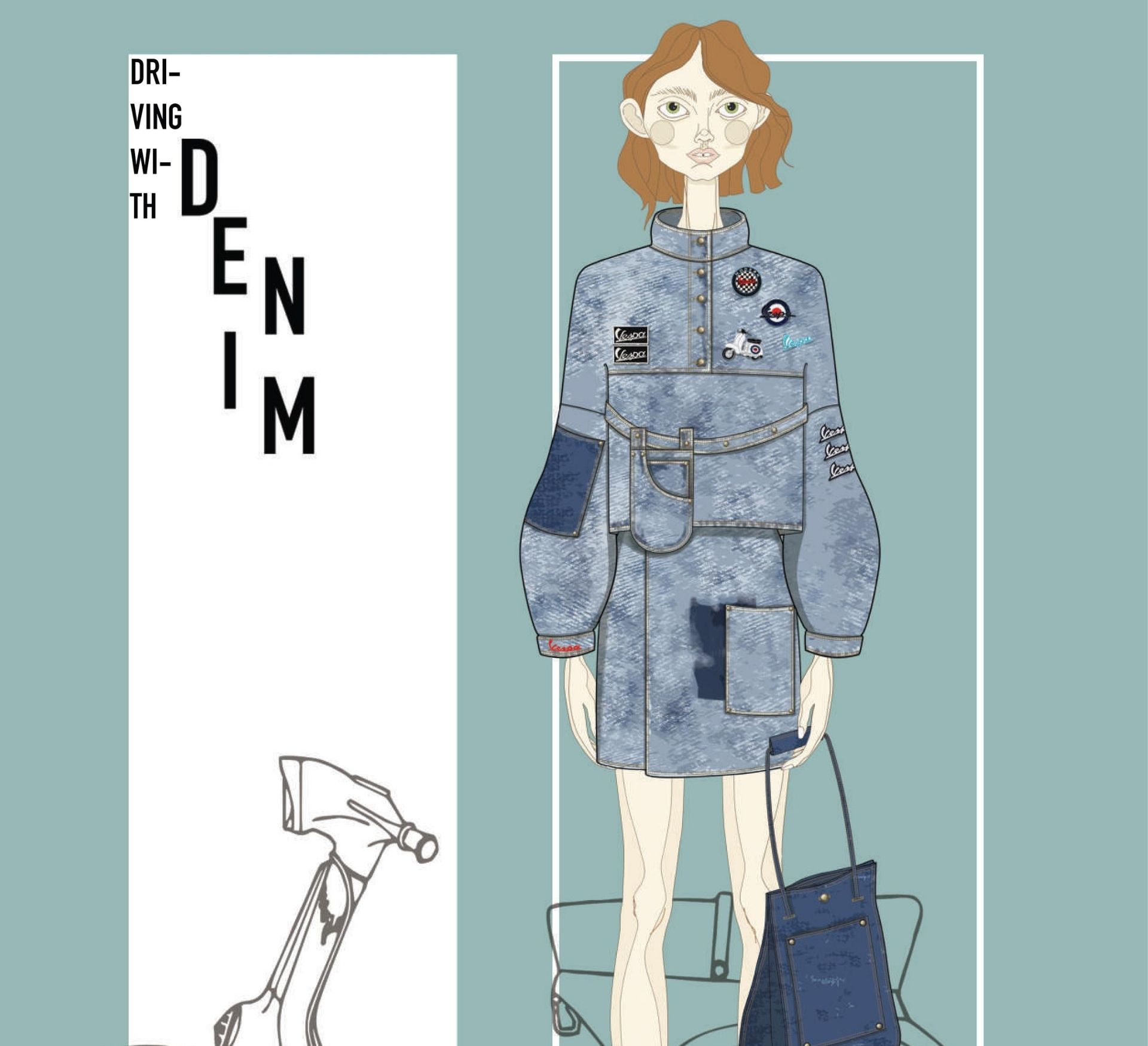
Step 7. Online programs and services for building and managing the portfolio
The development of a fashion portfolio in the form of a multi-page document may involve the use of a layout program such as Adobe Indesign, or a word processor or a presentation program: as with any project, before starting it is good to carry out research and documentation to see professional examples and creations.
A portfolio made like a book or magazine can be published on an online service such as ISSUU: you can obviously search on this site also examples already published.
A portfolio consisting of multiple images can be composed online using different services: the Behance site, for example, represents a real own community of graphic designers who publish their works to gain visibility, appreciation and, why not, criticism.
Although mainly dedicated to graphics on the site, there is a large section dedicated to the world of fashion. Publishing your work on one of these sites could also allow you to share the portfolio on your social channels. For example, the Linkedin section which constitutes a real curriculum vitae can be enriched directly with the links Behance’s portfolio or a presentation (for example using the slideshare) site or a PDF.
Another popular choice is to use a blog, even in a simplified and easy to implement version. For example, the Tumblr microblogging service allows you to quickly publish ing your work, perhaps using a graphic theme that can enhance its characteristics .
Other convenient online services (persona.co, about.me, justfolio.com and others), for those who do not want to commit to open and manage their own personal website, allow you to prepare a single page with your own works or a page to be used as a business card that shows, for example, links to social networks.
The importance of a well-kept professional profile on Instagram, which can be considered the main social network in the sector, should not be underestimated today.
A well-made and constantly updated portfolio is therefore a must for anyone who wants to pursue a career as a creative in the fashion system.
The portfolio is the result of a solid education and deep-rooted knowledge in different fields: style, trend research, merchandise, costume design, fashion graphic design and much more.
Istituto Modartech offers advanced training courses in the fashion sector that will allow you to refine and develop personal skills and knowledge and to acquire essential skills and techniques for practicing the profession of stylist.
The Fashion Design Course aims to train the modern Fashion Designer;
three years of training to deal with all aspects of the profession and acquire the techniques necessary to translate one’s creativity and inspirations into a clothing collection complete with bags, footwear and small leather accessories.
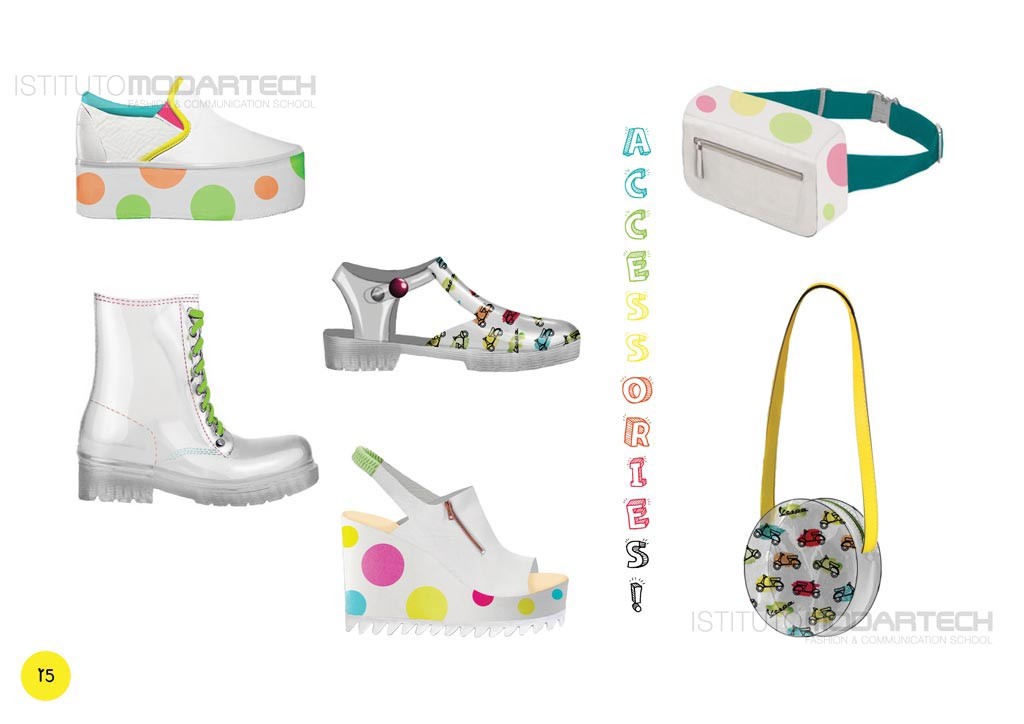
The training is completed by guided visits to companies, exhibitions and trade fairs and by the final internship in fashion companies in Italy or abroad.
For more information on the training offer of Istituto Modartech, send an email to orientamento@modartech.com
We also remind you of the possibility of scheduling a free, no-obligation orientation interview.
Book your interview !

